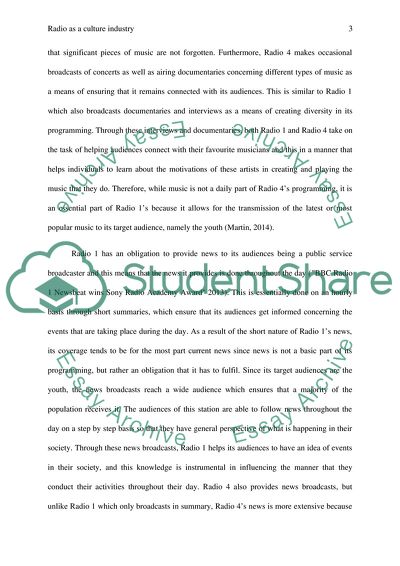Cite this document
(Radio as a Culture Industry Report Example | Topics and Well Written Essays - 1750 words, n.d.)
Radio as a Culture Industry Report Example | Topics and Well Written Essays - 1750 words. https://studentshare.org/culture/1854490-radio-as-a-culture-industry-essay
Radio as a Culture Industry Report Example | Topics and Well Written Essays - 1750 words. https://studentshare.org/culture/1854490-radio-as-a-culture-industry-essay
(Radio As a Culture Industry Report Example | Topics and Well Written Essays - 1750 Words)
Radio As a Culture Industry Report Example | Topics and Well Written Essays - 1750 Words. https://studentshare.org/culture/1854490-radio-as-a-culture-industry-essay.
Radio As a Culture Industry Report Example | Topics and Well Written Essays - 1750 Words. https://studentshare.org/culture/1854490-radio-as-a-culture-industry-essay.
“Radio As a Culture Industry Report Example | Topics and Well Written Essays - 1750 Words”. https://studentshare.org/culture/1854490-radio-as-a-culture-industry-essay.


